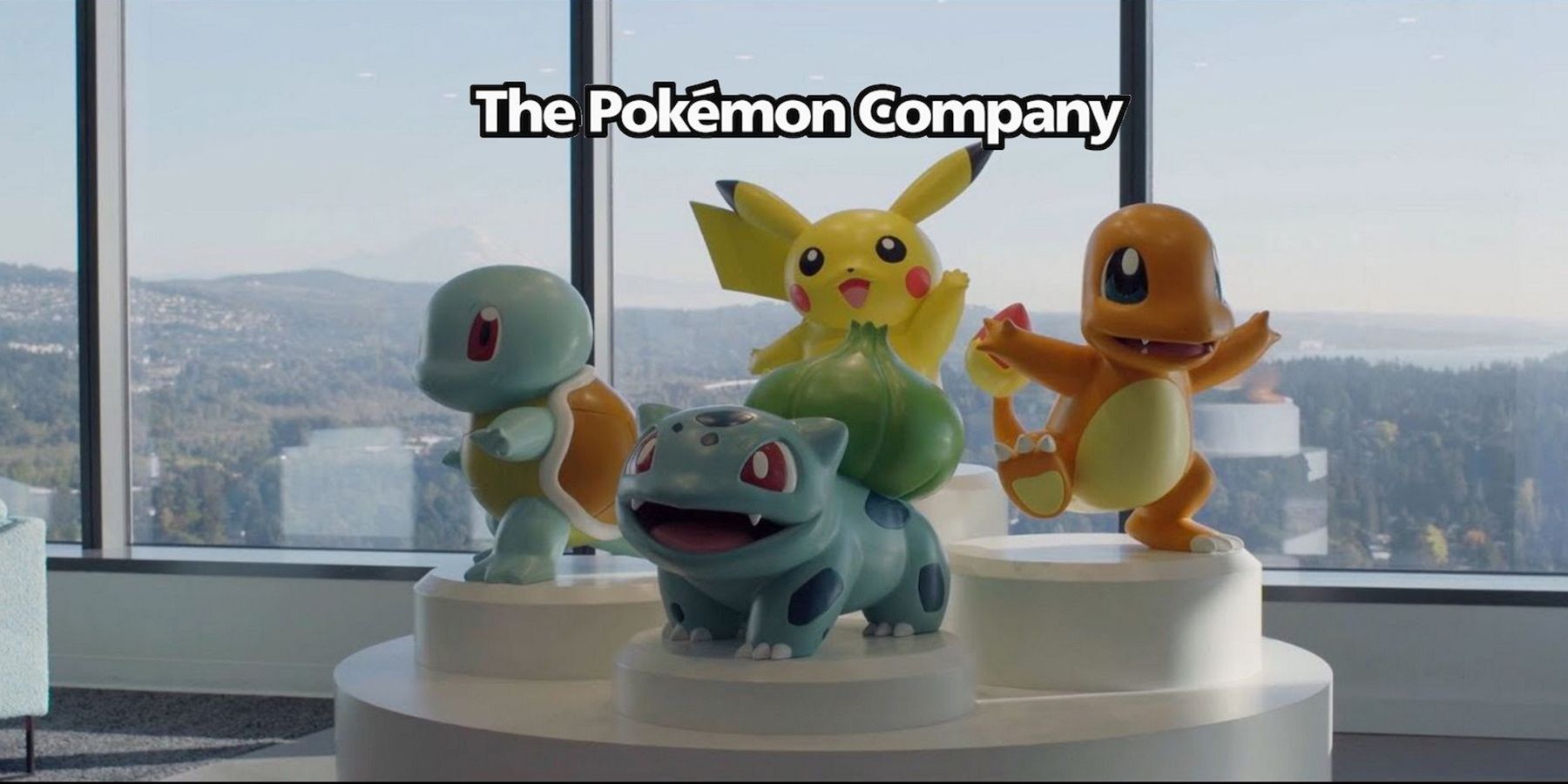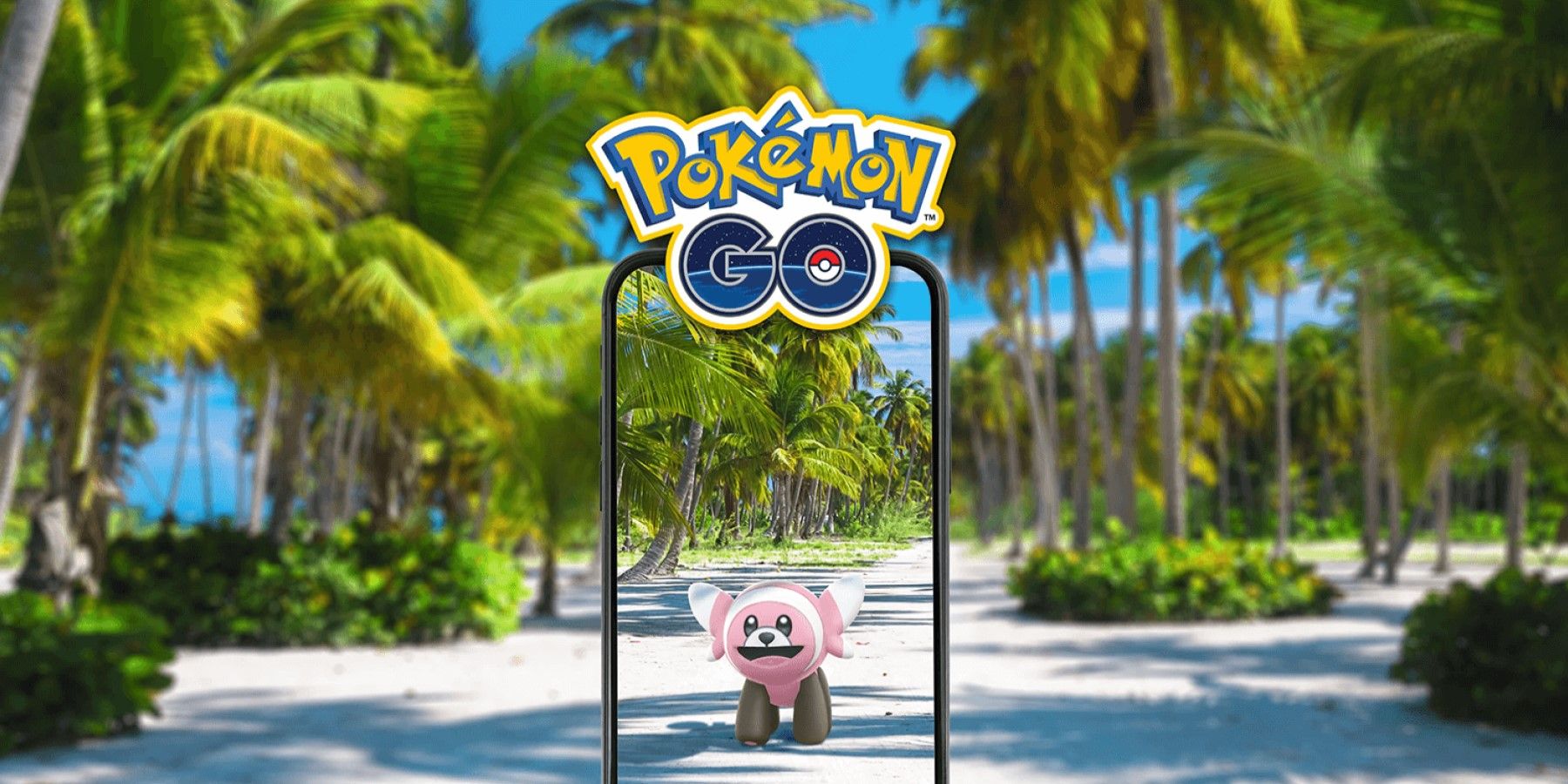If there is anything in pop culture that can be described as a miraculous success, it is Pokemon. What started off as a sidelined pet project made during the very last years of its system’s lifespan became one of the biggest cultural phenomena. Pokemon was big enough to become worthy of being tied with Super Mario for the most represented series in the original Smash Bros., which came out a year after Pokemon was introduced to the West. Even though the original “Pokemania” has ended 20 years ago, Pokemon is still going strong as the most profitable media franchise of all time.
This overwhelming success is both a blessing and a curse. Pokemon’s production cycle is rough. Not only is there a high demand for the games, but they need to be made in just a couple of years at most despite being part of a genre that requires plenty of time and effort to perfect. The anime, trading card game, toys, and other kinds of merch tie into the games’ release dates. Due to this pressure, the games tend to take shortcuts and sacrifice features, much to the ire of Pokemon fans. In order for Pokemon games to be able to realistically improve, the production cycle has to change.
Pokemon Being a Victim of Its Own Success
After HeartGold and SoulSilver, each subsequent Pokemon game has been the subject of some form of controversy. Black and White were criticized for forcing players to only use new Pokemon, while the 3D games, starting with X and Y, are generally targets of the same kind of complaint. Even with individual issues like X and Y’s lack of a post-game, Sun and Moon’s slow forced tutorial, and Sword and Shield’s cut of the National Pokedex, there were numerous recurring complaints.
From the graphics being criticized for poor frame rate and models that are not nearly as vibrant as the ones on the Pokemon Stadium games, to the removal of fan-favorite features like the Battle Frontier, modern Pokemon games are just as easily an object of contempt as they are beloved. The “Dexit” incident with Sword and Shield was the final straw.
It is easy to blame Game Freak. In theory, there are no good excuses for some lackluster elements of modern Pokemon games. These games should be polished, full of life and consistently innovative within the context of the series. Instead, content is watered down, the 3D animations are stiff, and the “innovations” have been reduced to introducing one new gimmick every generation. This is likely because of the crunch caused by demands to tie Pokemon games in with the merchandise and supplementary media. There is no reason for Nintendo or The Pokemon Company to be so demanding to the people making the games.
By the time of the release of Scarlet and Violet, there will be almost or more than a thousand Pokemon. At a certain point, introducing new monsters every couple of years overwhelms the artists, coders, and fans that have to memorize them. If the higher ups stopped seeing the games as another cog in the machine despite the anime, cards, and merch being just as, if not more profitable than the games, then there would be less risky decisions to take.
Pokemon has been beloved by people for over 25 years. Nintendo and The Pokemon Company are not nearly financially insecure enough to warrant this rushed production cycle. Despite their issues, modern Pokemon games are not failures, whether commercially or critically. However, the series is ignoring blatant issues that cannot be excused by limiting hardware like in its early days. For Pokemon to reach its full potential, it needs a schedule similar to Super Mario and The Legend of Zelda. Otherwise, it would descend into mediocrity, and the love for merchandise-driven money will not stop that.
Pokemon Scarlet and Violet are scheduled to release in late 2022 for Nintendo Switch.


